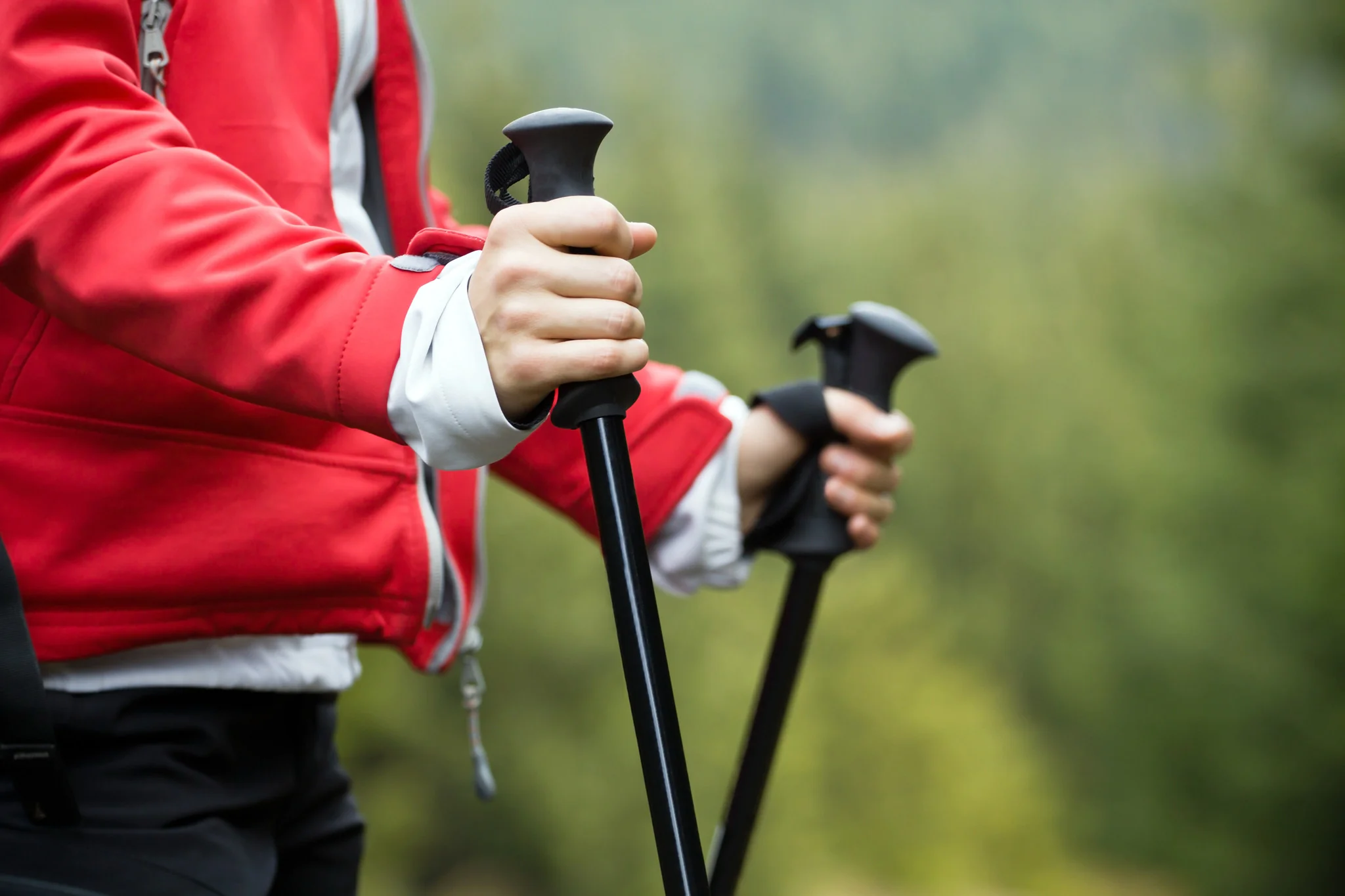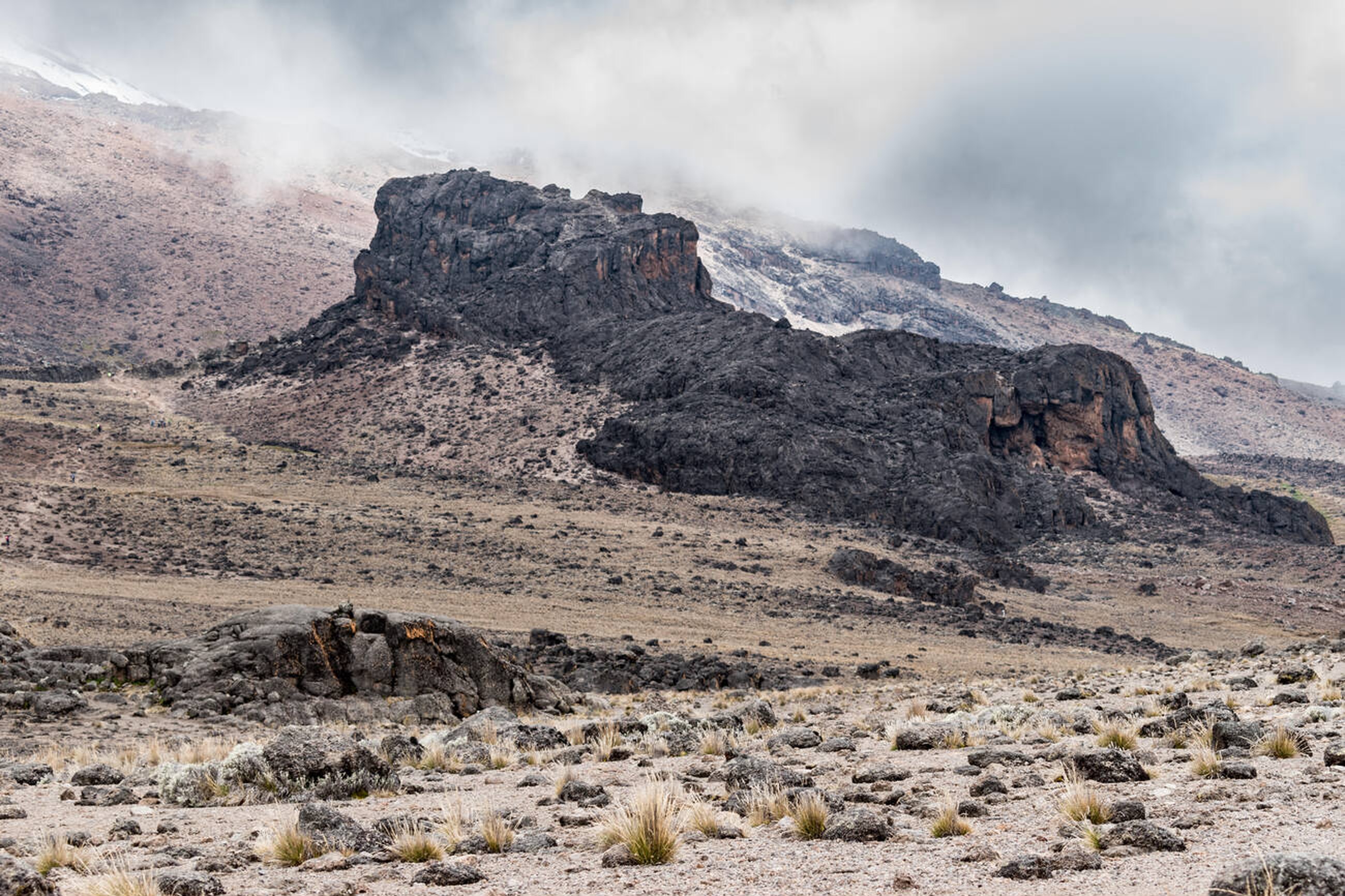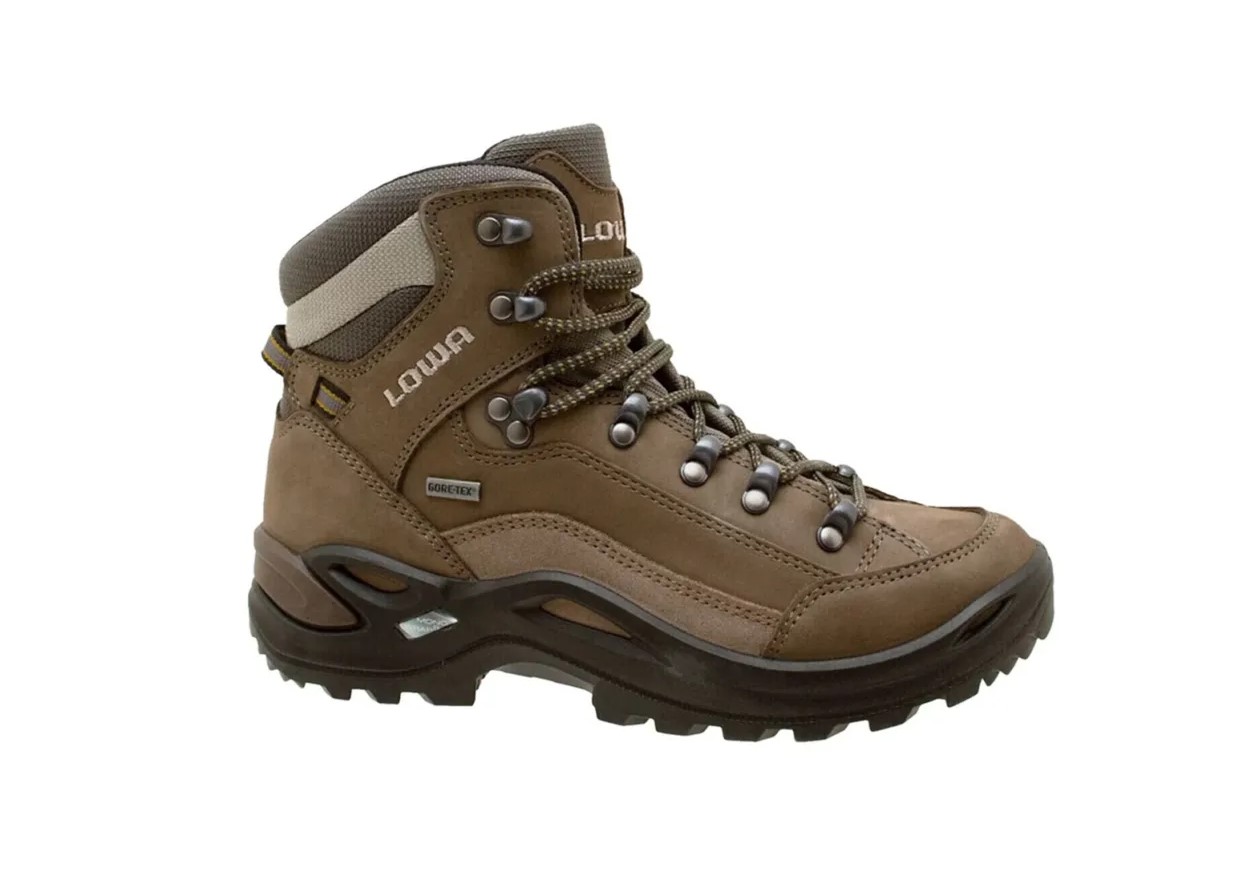Understanding Altitude Challenges on Kilimanjaro
Mount Kilimanjaro, Africa’s highest peak at 5,895m (19,341ft), poses significant altitude-related risks. Over 50% of climbers above 9,000ft experience altitude sickness symptoms, which can range from mild discomfort to life-threatening conditions. At Kilisherpas Travel, safety is our top priority. This guide covers the effects of altitude, types of altitude sickness, acclimatization strategies, and how we ensure your safety.
Effects of Altitude on Kilimanjaro
Kilimanjaro’s summit falls in the “extreme altitude” category, alongside peaks like Aconcagua and Denali. Despite being a non-technical “walk-up” trek, its high altitude—where oxygen availability is ~49% less than at sea level—creates serious risks. The reduced barometric pressure (not oxygen percentage, which remains 20.9%) means fewer oxygen molecules per breath, leading to:
- Fluid Buildup: Low pressure can cause fluid to leak around the brain (High Altitude Cerebral Edema, HACE) or lungs (High Altitude Pulmonary Edema, HAPE).
- Physical Strain: The body works harder to compensate, increasing risks if not properly acclimatized.
Many underestimate these dangers due to Kilimanjaro’s accessibility, but preparation is critical.
What Is Altitude Sickness?
Altitude sickness occurs when the body struggles to adapt to low oxygen levels at high altitudes. It manifests in three main forms:
Acute Mountain Sickness (AMS)
AMS is common above 6,000ft, per Dr. Peter Hackett (Institute for Altitude Medicine). It ranges from mild to severe:
- Mild AMS: Symptoms mimic a hangover—headache, nausea, fatigue, loss of appetite. Manageable with rest, hydration, and monitoring.
- Moderate AMS: Worsening symptoms (persistent headache, dizziness, coughing, shortness of breath, vomiting) indicate poor acclimatization. Descent to the last “well” elevation is advised.
- Severe AMS: Life-threatening symptoms include severe headache, ataxia (staggering, lack of coordination), and increased respiratory distress. Immediate descent and evacuation are mandatory.
Warning: Using ibuprofen or anti-emetics to mask symptoms can hide worsening conditions, risking HAPE or HACE.
High Altitude Pulmonary Edema (HAPE)
HAPE results from excessive lung artery pressure, causing fluid buildup in the lungs. It can occur without obvious AMS symptoms. Look for:
- Coughing (blood or mucus)
- Abnormal lung sounds
- Extreme lethargy
- Blue lips, difficulty breathing
- Confusion, lack of coordination
HAPE requires immediate oxygen administration and evacuation to a medical facility. Suspect HAPE for any respiratory symptoms until proven otherwise.
High Altitude Cerebral Edema (HACE)
HACE involves fluid buildup around the brain, a medical emergency. Symptoms include:
- Disorientation, confusion, hallucinations
- Severe headache, nausea, vomiting
- Inability to walk, staggering
- Irrational behavior
HACE demands urgent evacuation and medical treatment.
Expert Opinion: Early detection is key. Our guides are trained to spot symptoms and act swiftly to prevent escalation.
Diagnosing Altitude Sickness
Kilisherpas Travel guides use the Lake Louise Scoring System (updated 2018) to assess AMS during twice-daily health checks. They measure:
- Oxygen Saturation and Pulse: Via pulse oximeter.
- Symptoms: Headache, gastrointestinal issues, fatigue, dizziness (scored 0-3 for severity).
- Functional Impact: How symptoms affect activity (scored 0-3, from no impact to requiring evacuation).
Guides also listen for abnormal lung sounds and monitor behavior, building a comprehensive picture of your health.
Acclimatization: Preventing Altitude Sickness
Acclimatization is the body’s process of adapting to low oxygen and pressure. It involves:
- Increased Breathing: Deeper/faster breaths to compensate for less oxygen.
- Elevated Heart Rate/Blood Pressure: To circulate oxygen more efficiently.
- More Hemoglobin: Via higher erythropoietin production to carry oxygen.
- Reduced Plasma Volume: Increases dehydration risk, requiring vigilant hydration.
- Kidney Adjustments: Excreting bicarbonate to balance blood pH.
This process is gradual, making longer routes (7-9 days) with “hike high, sleep low” days critical for summit success.
Key Strategies:
- Choose a Longer Route: Routes like Lemosho or Northern Circuit (7-9 days) allow gradual ascent, reducing AMS risk.
- Go Slow (“Pole Pole”): Slow pacing conserves energy and aids acclimatization.
- Stay Hydrated: Drink 3-4 liters daily to combat dry air and plasma loss.
- Consider Diamox: Consult your doctor about Diamox to speed acclimatization.
- Avoid Overexertion: Fatigue exacerbates AMS, even in fit climbers.
- Report Symptoms: Inform guides immediately about headaches, nausea, or discomfort.
- Eat Carbohydrates: US Army studies show carbs boost ventilation and fuel high-altitude exertion.
- Stay Warm: Prevent hypothermia by changing out of wet clothes and layering properly.
Expert Tip: Longer routes and slow pacing are the most effective ways to acclimatize. Never push through symptoms—tell your guide.
Does Altitude Training Help?
Altitude training (e.g., hypoxic tents, simulated chambers, or climbing peaks like Mt. Meru) can pre-acclimatize you, enhancing performance and adaptation. While not essential, it helps you gauge your response to altitude. Climbing a local peak before Kilimanjaro is ideal preparation.
Altitude and Pre-Existing Conditions
Consult your doctor if you have heart, lung, or neurological conditions, as altitude may affect medications or exacerbate symptoms. Well-managed conditions often allow safe climbing, but medical clearance and adequate travel insurance are crucial.
Altitude and Sleep: Cheyne-Stokes Breathing
Periodic breathing (deep breaths followed by pauses) is common at altitude due to conflicting oxygen and carbon dioxide signals. It’s not always linked to AMS but can disrupt sleep. Diamox may help regulate breathing patterns.
Other Health Considerations
Hypothermia
Wet clothes (from rain or sweat) can lead to hypothermia, especially at higher altitudes. Carry layers in your daypack and change immediately if wet.
Sun Exposure
High altitude increases UV exposure. Use SPF 40+ sunscreen, cover skin, and wear wraparound sunglasses (100% UV protection) to prevent snow blindness.
Gastrointestinal Issues
Avoid street food, tap water, or unpeeled produce before the climb. Kilisherpas Travel follows strict food hygiene protocols, providing safe, purified water and meals on the mountain.
Kilisherpas Travel’s Safety Protocols
We prioritize your safety with:
- Twice-Daily Health Checks: Guides use pulse oximeters and the Lake Louise Scoring System to monitor oxygen saturation, pulse, and symptoms.
- Emergency Equipment: Portable oxygen, medical kits, and stretchers on every climb.
- Helicopter Evacuation: Partnerships with Kilimanjaro helicopter rescue for rapid evacuations.
- WFR-Certified Guides: Trained in Wilderness First Responder protocols for first aid and evacuation.
Climbers must report any symptoms (headache, nausea, etc.) immediately and monitor group members for unusual behavior. Early intervention prevents escalation.
Is Climbing Kilimanjaro Safe?
With proper acclimatization and professional guidance, Kilimanjaro is safe. Kilisherpas Travel’s 95%+ summit success rate and 20,000+ safe ascents since 2014 reflect our commitment to safety and ethics.
Ready to climb Kilimanjaro safely? Contact Kilisherpas Travel to book a tailored expedition. Share your questions or experiences in the comments or explore our Kilimanjaro Blog for more insights!


